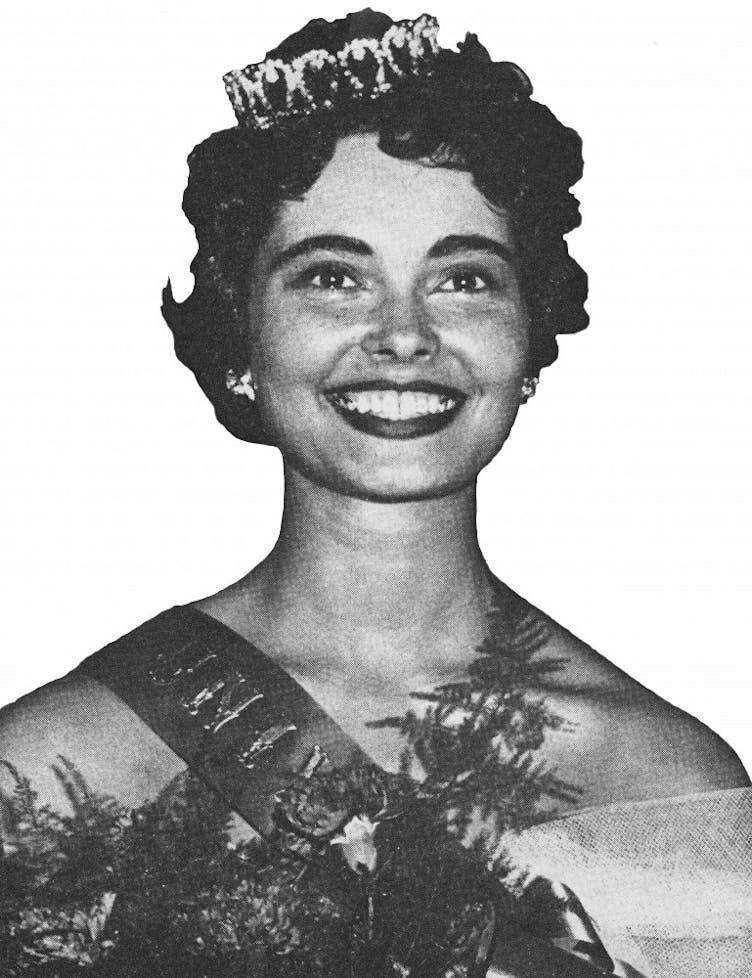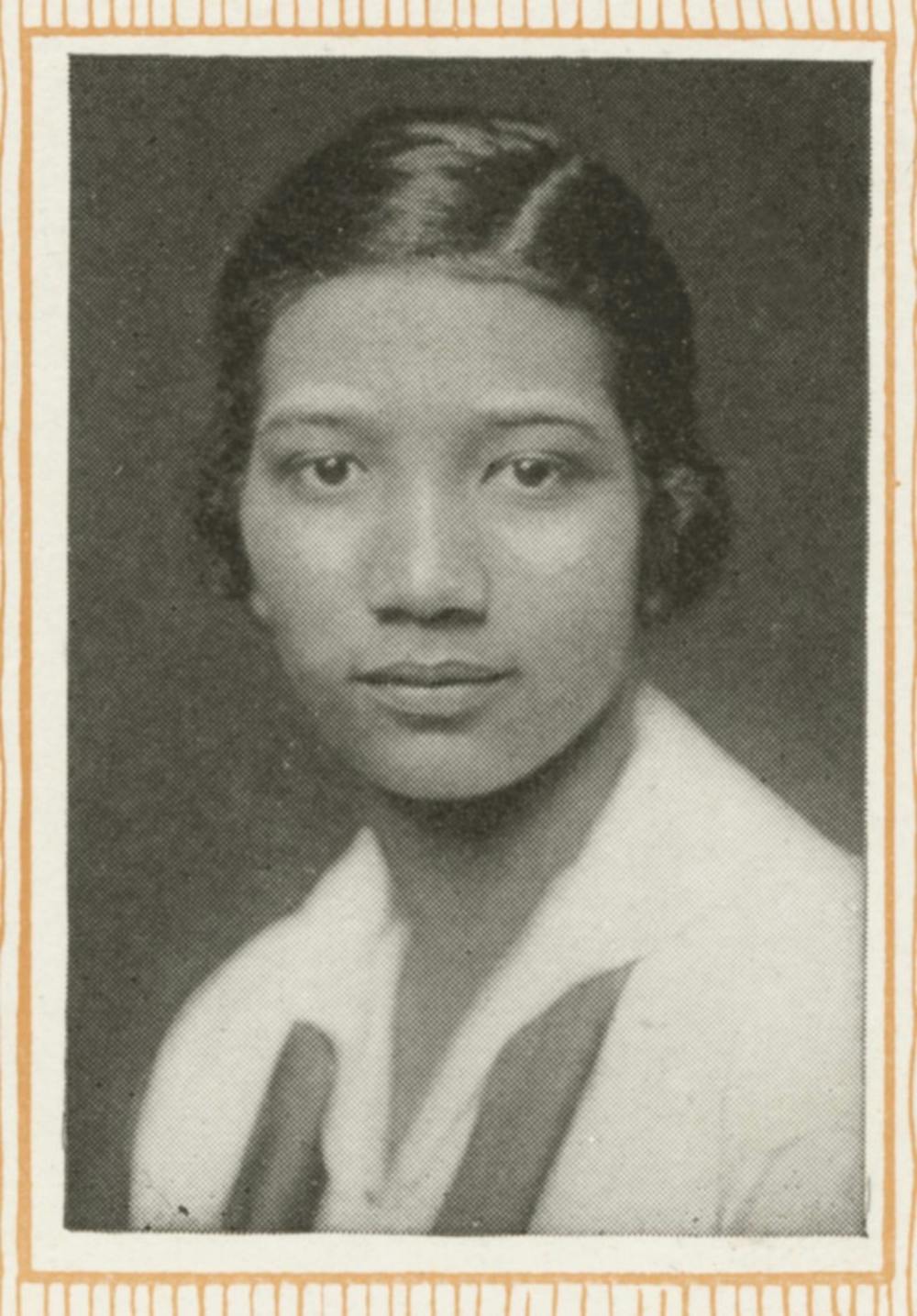No IU Homecoming queen was recognized in 1968.
Five black women entered the competition that year, which was the first time black women had been allowed to compete. However, out of 46 contestants, none were chosen as one of 10 semifinalists. The black women registered a complaint with the University's Joint Committee on Discriminatory Practices, alleging discrimination.
This was one of many events in black female students' history of fighting for the same rights as the rest of the IU student body.
The complaint the women registered resulted in a three-hour public hearing in Ernie Pyle Hall, where committee members determined the competition promoted institutionalized racism. They wrote a memo recommending Herman B Wells declare that year’s IU Homecoming queen contest void.
The memo stated selection criteria was based 70 percent on beauty, 20 percent on personality and 10 percent on responses to questions asked by the judges.
Only one of the five judges was black.
“White standards and physical characteristics were the standard and the black candidates simply could not compete on a basis of selection so weighted toward physical beauty of a certain type,” according to the document.
The first black woman to graduate IU, Frances Marshall, received her degree in 1919, 24 years after Marcellus Neal, the first black male graduate, received his in 1895.
The IU Archives have lists of black female students as far back as 1923.
Some of these lists are typed, while others are handwritten on folded sheets of paper. Some are titled ‘Colored Women’, while others are titled ‘Colored Girls’ or simply, ‘Negro.'
Although 72 black women attended IU in 1944-1945, the University, at the time, failed to offer them housing.
In a 1969 oral history interview with Mary Rieman Maurer, a University trustee from 1945 to 1963, Maurer said securing adequate housing for black students was one of the more important things that happened while she was a trustee.
“The colored housing was very bad," Maurer said in the interview. "I can remember they were wanting better housing, and some of the trustees couldn’t care less. But I cared, and so did President Wells."
The first University housing open to black women, according to the interview, was the former house of the Theta Chapter of Delta Gamma on Forest Place. The house was replaced by Ballantine Hall in 1959.
In the interview, Maurer said black men had been living in dormitories since returning from WWII.
“The girls, they hadn’t been to war," Maurer said in the interview. "They hadn’t served their country, so they were not given that privilege yet.”
At a Sept. 20, 1945, Board of Trustees meeting, Herman B Wells stated general dormitories should be opened to black students, according to meeting minutes from the University Archives.
IU opened all-female residence halls to students regardless of race, color or creed in 1949, according to an article in the Indianapolis Recorder.
Ten years later, members of the first black sorority, Alpha Kappa Alpha, chose sophomore Nancy Streets to represent them in the Miss Indiana University pageant.
In a historical report by Trisha Bracken, Streets said an active chapter member told her they didn't expect her to win.
"We’re going to enter you because your major is speech and theater. Don’t worry about it – we know you won’t win, but we want to be represented,” according to the report.
Defeating 14 white women, Streets made the front page of the Daily Herald-Telephone and the Indiana Daily Student. Her victory was also featured in Jet, Time, Ebony and TAN magazines, and an Associated Press article was printed in the New York Times.

Despite these achievements for black female students, a statement demanding the creation of a black culture center specifically requested the center’s director be a black man. However, when the Black Culture Center was eventually founded in 1973, the first director was a woman named Caramel Russell, according to the Neal-Marshall Black Culture Center's website.
When the NMBCC replaced the BCC in 2002, it was named after the first female and male black graduates.
Several female directors have led the NMBCC throughout its history. The current director, Monica Green, has had the position since March 14, 2016.




